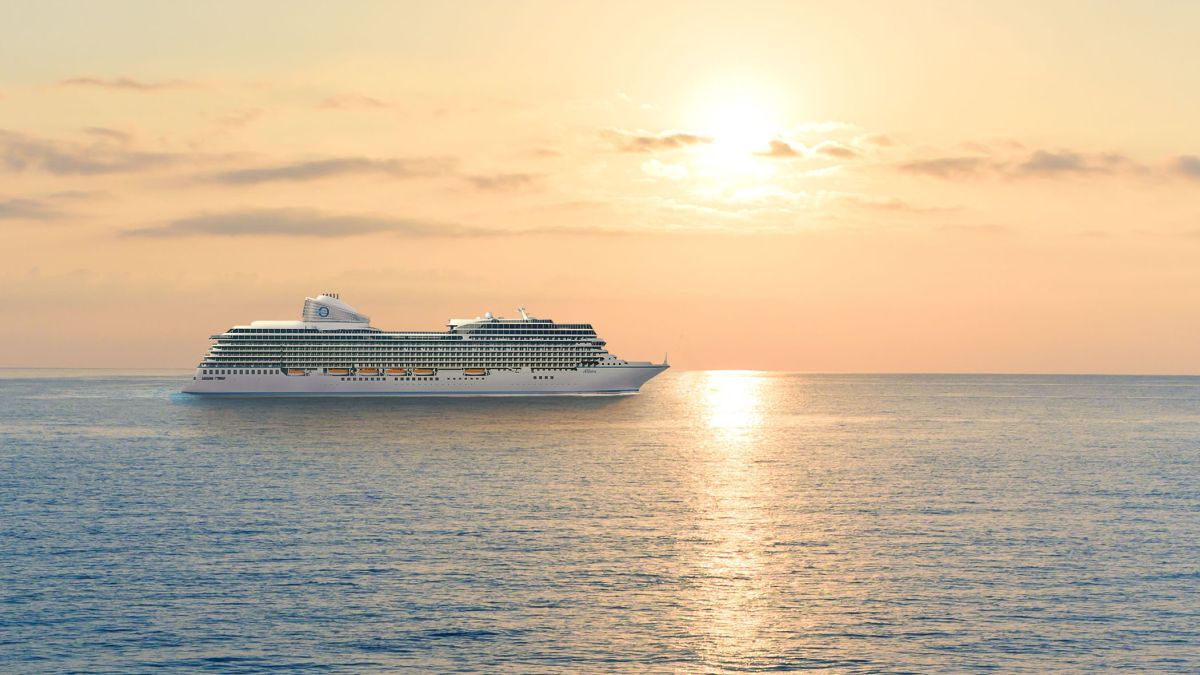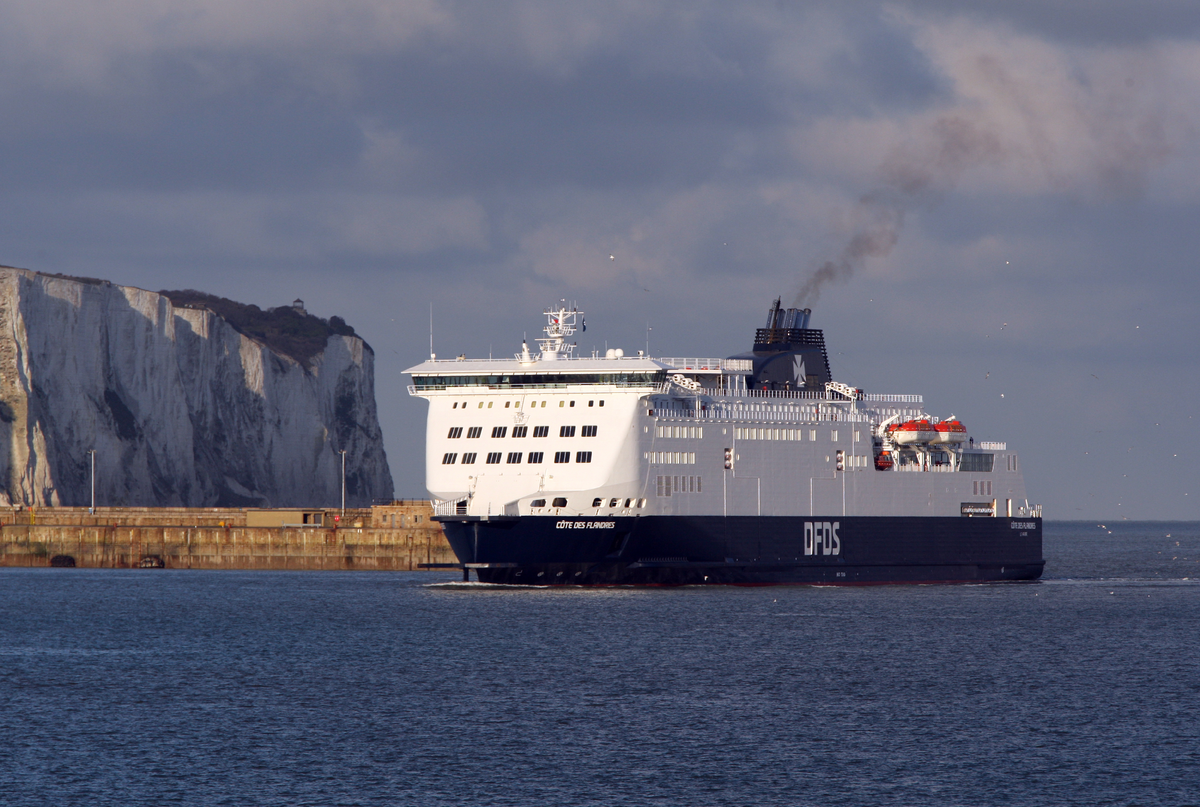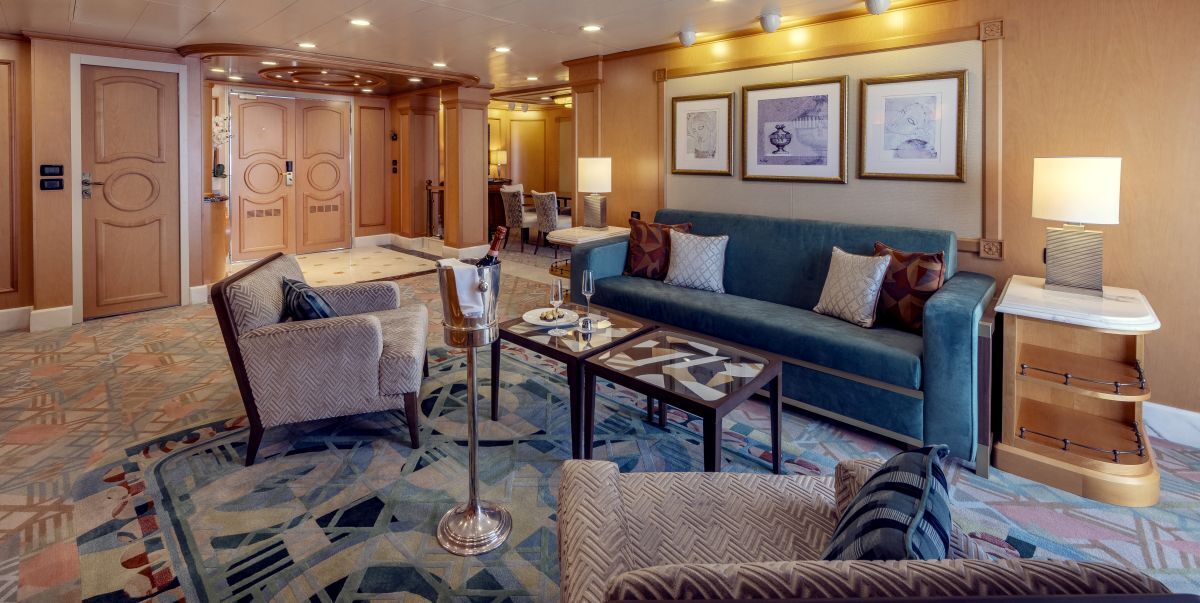Business Sectors
Events
Contents
Clueing up on catering
Providing catering systems on board cruise ships has never been more challenging than it is today. With many lines offering speciality restaurants and a constant upping of onboard dining options, galleys and galley staff are having to work hard to deliver great food, while at the same time satisfying increasingly demanding regulators, such as the US Public Health Service (USPHS).
Obtaining a perfect 100 score from the USPHS is something which cruise lines are proud of. In October, Crystal Cruises’ Crystal Symphony – just emerged from a US$25 million refit – scored the perfect 100 from the Centre for Disease Control & Preventions (CDC), following an intensive inspection by a team of USPHS officers.
Scoring is based on 41 items, covering the potable water system; food preparation and storage areas; waste management equipment, including filters, ventilation devices and sanitising temperatures; cleaning sequences and standards of accommodation and public areas; and general environmental health issues. Swimming pools and spas are also inspected.
The CDC developed its Vessel Sanitation Programme (VSP), which operates under the USPHS Service Act, for the inspection of all cruise ships that offer foreign itineraries with US ports, and to assist the industry in the implementation of systems to protect travellers’ health. Under the VSP, ships are subject to unannounced inspections.
These ‘spot checks’ are not welcomed by all. One UK operator comments: “We pride ourselves on our hygiene standards, which we maintain by employing an external consultant to provide continuous training and to ensure that our standards are fully compliant with UK and EU requirements. We carry out regular internal and external audits and ensure corrective action is taken when required. USPHS is still too much of a ‘snap-shot’, where good scores can be achieved by having new equipment and special preparations.”
In the last six months just 15 ships out of approximately 80 inspected have scored a perfect 100. Only one, however, scored below 85, which is stated as being “not satisfactory” by the CDC. As the results are there for all to see on a website, the system is highly transparent.
In this environment, manufacturers are constantly developing equipment that not only facilitates the task of delivering high standards of cleanliness but also keeps up with the latest trends. From cookery classes to celebrity chef restaurants, one can find just about every imaginable type of food outlet on a cruise ship somewhere. From the Mexican Tex Mex on MSC Splendida to Asian Shanhai’s on Norwegian Epic and Michelin-starred Atul Kochhar’s Indian fine-dining Sindhu on Azura to the Cupcake Cupboard on Oasis of the Seas, cruise lines are striving to keep up with demand – and are perhaps even creating it.
As far as ‘celebrity’ restaurants are concerned, these generally have their own dedicated galley under the direction of the celebrity chef or his appointed colleague, who may lay out the galley himself. Problems can occur if, for example, crockery is chosen that will not fit in the plate warmers. Style of presentation can lead to changes in galley design in order to cater for a particular chef’s talents.
Dave Hayden, managing director of Harris Pye Outfitting, believes the main development in catering relates to layout rather than equipment. He says, “Equipment ascetics may have changed and vendors will always be talking about the latest innovations but the basics are the same.” However, he does highlight one recent innovation by US-based Gaylord Industries, which now markets and supplies self-cleaning extraction hoods that use ultraviolet rays.
Mr Hayden continues, “One area where changes are apparent is in the setting out of galley, food preparation and handling areas. Space is increasingly limited and layout ergonomics become paramount to utilising available space and also avoid unnecessary ‘traffic’.” This facet of design has become an area of expertise for Harris Pye’s BEK stainless steel division, which has assisted numerous cruise operators in planning galleys for optimum efficiency.
Having relevant storage adjacent to a work station, for example, and pots and pans close to the main galley range, is a commonly suggested change since remote storage areas can increase galley traffic. Another common situation is where there is an extended equipment island in the centre of the galley, which means crew having to walk right around the island to reach the other side. By splitting the island in two, crew can pass between, again reducing traffic through busy areas, notes Mr Hayden.
The company is also constantly reviewing its manufacturing and design criteria in order to produce equipment that conforms to USPHS and UKPH regulations, but is “easy to clean and maintain while still being robust enough for a 25-year service life under the most exacting conditions”. For example, runners on sliding doors are a potential waste trap and hence are now manufactured to be easily dismantled for cleaning. Door runners are mounted on locating pins rather than being permanently secured in place so that they can simply be pulled out for cleaning.
Cruise ships can have galley equipment from many suppliers, and it is evident that many companies offering marine products are developing new designs to meet the evolving needs of operators. For instance, Bavarian combi steamer manufacturer, Convotherm Elektrogerate, which has supplied equipment for P&O’s Azura and Celebrity’s Solstice-class ships, has developed a cooking mode, ecoCooking, which it claims reduces energy consumption by up to 25 per cent.
From this December, all Convotherm easyTouch combi steamers will be equipped as standard with ecoCooking. This method takes the advantage of the already installed Advanced Closed System (ACS) and cooks in pre-programmed impulses. Food uses existing residual heat to continue cooking.
All the company’s combi steamers will also be fitted with a ‘hygienic handle’, which is made of plastic embedded with silver ions. This is designed to eliminate the transfer of bacteria or microbes, such as salmonella, from a door handle to containers or plates. The antibacterial effect will never change and, according to Convotherm, is medically and ecologically safe.
For smaller spaces the company launched the Miniworld series of combi steamers in 2006, and the final three models in the range of six were introduced in March of this year. These each have a width of 51.5cm and include a version with two separate cooking chambers in one unit as well as one mobile version, which does not require a pipe hook-up. All are equipped with the ACS energy saving technique.
Danish company Hounö has introduced a four-year warranty on all its Visual Cooking combi ovens and popular ‘bake-off’ ovens as from November this year. The company claims it is currently the only oven manufacturer to do so.
These ovens combine steam and heat as well as a reversible fan which, Hounö says, ensures a short preparation time and beneficial cooking results. It adds that these ovens improve working conditions in an often hectic galley environment, having a noise level below 53 dB(A) and a curved double-glazed oven door with good visibility that prevents the risk of galley staff being burned. The company claims that its ovens are the most energy-efficient on the market, with up to 30 per cent lower consumption than competing brands.
Most manufacturers offer a choice of combi oven with room for six, 10 or 20 trays, whereas Hounö additionally offers ovens with room for eight, 12 and 16 trays. The company suggests this gives operators the possibility of more exactly matching equipment with their capacity requirement.
Since October, MKN of Germany has been supplying all HansDampf/gold and Compact/PROfessional combi steamer models with a USB interface and HansDampf/connect software package as standard features and without additional charge. These two features will allow for data transfer between a PC and one or more of the company’s appliances. What this means is that individual cookbooks can be compiled as well as display, archive or print HACCP (Hazard Analysis and Critical Control Point) documentation, saving on time.
MariMatic Oy of Finland designs and manufactures Taifun marine vacuum waste conveying and vacuum cleaning systems. It most recently won the contract to supply such packages to four Grimaldi cruiseferries being built by Fincantieri – Cruise Roma, Cruise Barcelona, Cruise Europa and Cruise Olympia – but has also supplied cruise ships, including Costa’s Costa Mediterranea and Carnival’s Carnival Pride. Emptying of waste containers by hand is not needed and the vacuum technology removes excess water from the waste during the process.
Perhaps the most significant case study for onboard catering arrangements is Royal Caribbean International’s brand new leviathan, Oasis of the Seas. Numerous suppliers have been contracted to help make the food service a success, and PST has caught up with a few.
Loipart of Finland has undertaken its largest ever project on this vessel, according to marketing co-ordinator, Vuokko Nenonen. The company has created all the catering areas, around 12,000m2 in total, including galleys, pantries and provision stores, based on turnkey deliveries. The galleys and pantries were delivered in modules and Loipart undertook the installation of all the galley equipment from Seaking.
Catering areas include provision stores spread over two decks, three separate main galleys, as well as wine service pantries, a crew galley, 12 speciality galleys, 35 bar service pantries and some 50 cabin service pantries or ice stations.
Next up for Loipart is a contract to deliver the same on sister Allure of the Seas. The company is also working on two P&O ferries and two Stena Line newbuildings now under construction, as well as a conversion project involving Holland America Line’s Rotterdam at the Grand Bahama Shipyard.
As another string to its bow, Loipart is world exclusive agent for Electrolux food service marine equipment and original spare parts. Under this contract, galley equipment, including electrical and induction ranges, deep fat fryers, boiling and braising pans, are being delivered to Holland America’s Nieuw Amsterdam, which is due for delivery from Fincantieri next year.
Loipart is also actively developing new solutions for onboard galleys and in this context is working with IP Products of Sweden on a griddle grill, which will be “revolutionary”, according to Ove Larsson, sales manager. To be launched in March next year, this grill will recover heat very quickly following, for example, cool steaks being put on it, and will also have an even temperature all over the surface, right into the edges and corners.
Meiko Maschinenbau of Germany has recently signed off the delivery of a huge total of 128 dishwashers that it has supplied to Oasis of the Seas. These range from undercounter glasswashers to four-tank flight-type dishwashers and trolleywashers. The company claims that its products have the lowest water consumption of any on the market and therefore the lowest energy consumption. In addition, they have smart heat recovery systems which re-use heat from the machines. “With this, we are reducing the additional heat and humidity emissions released into the HVAC system, which also saves energy,” says Jürgen-Iver Sell, marine division manager.
This year Meiko has launched the GIO (Glasswasher with Integrated reverse Osmosis) system, which filters out all minerals from the water; these would otherwise remain as stains and spots on glassware. An additional side-effect is reduced glass breakage because no glass needs to be touched twice. This system has recently been installed on an Aida Cruises vessel.
Related to this Story
Events
Maritime Environmental Protection Webinar Week
Cyber & Vessel Security Webinar Week
The illusion of safety: what we're getting wrong about crews, tech, and fatigue
Responsible Ship Recycling Forum 2025
© 2024 Riviera Maritime Media Ltd.













